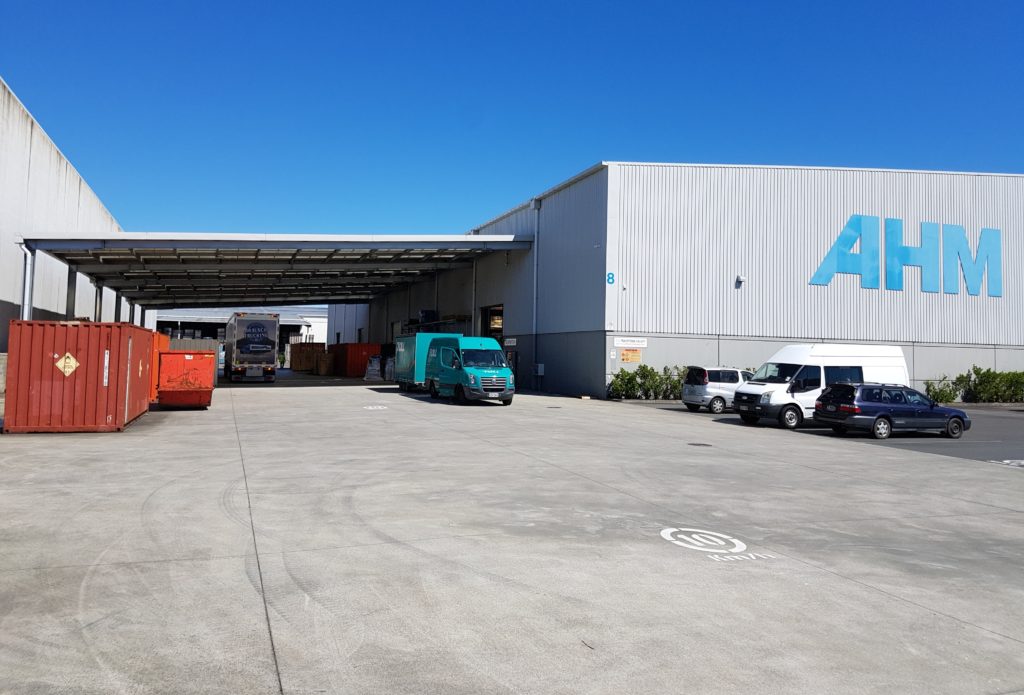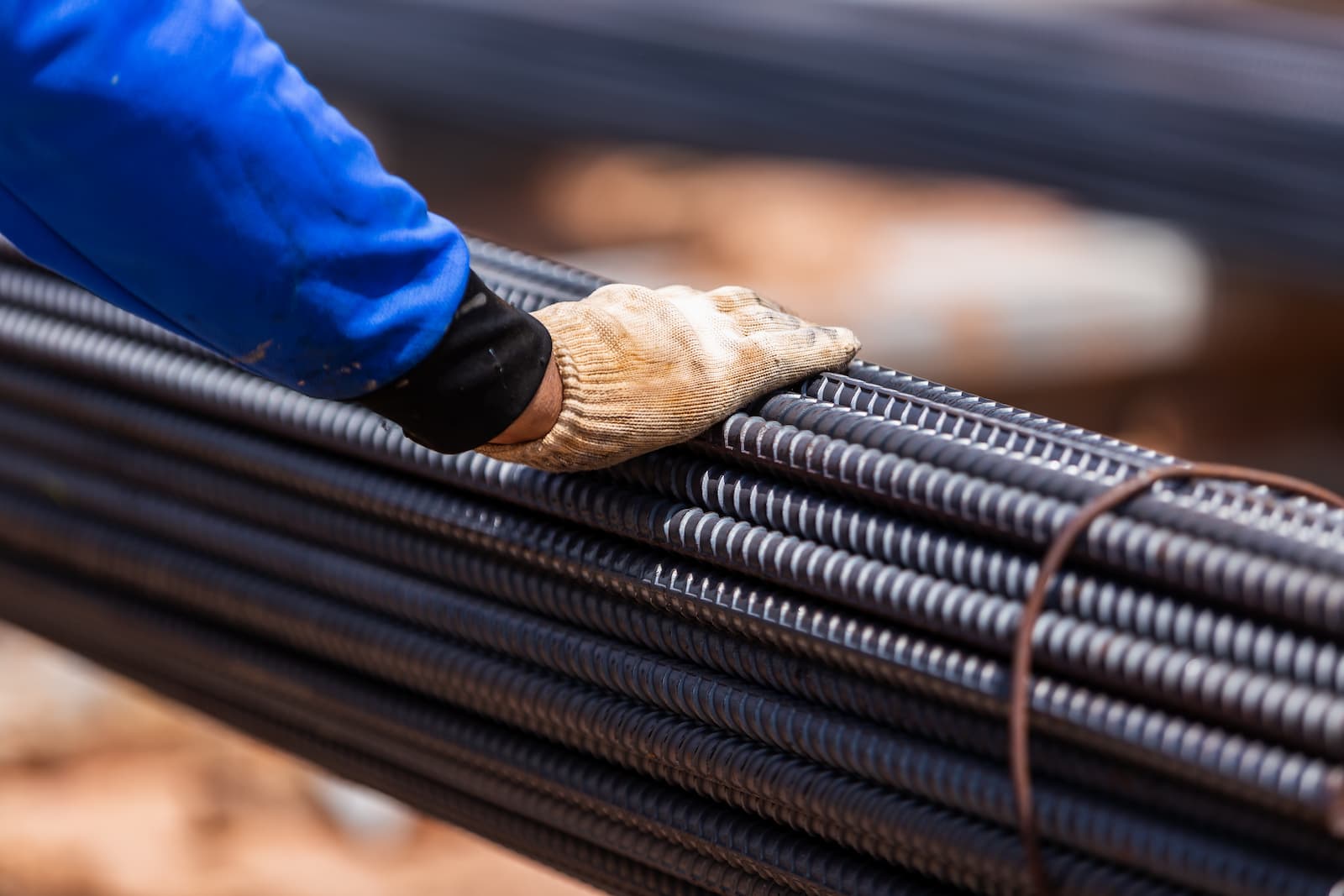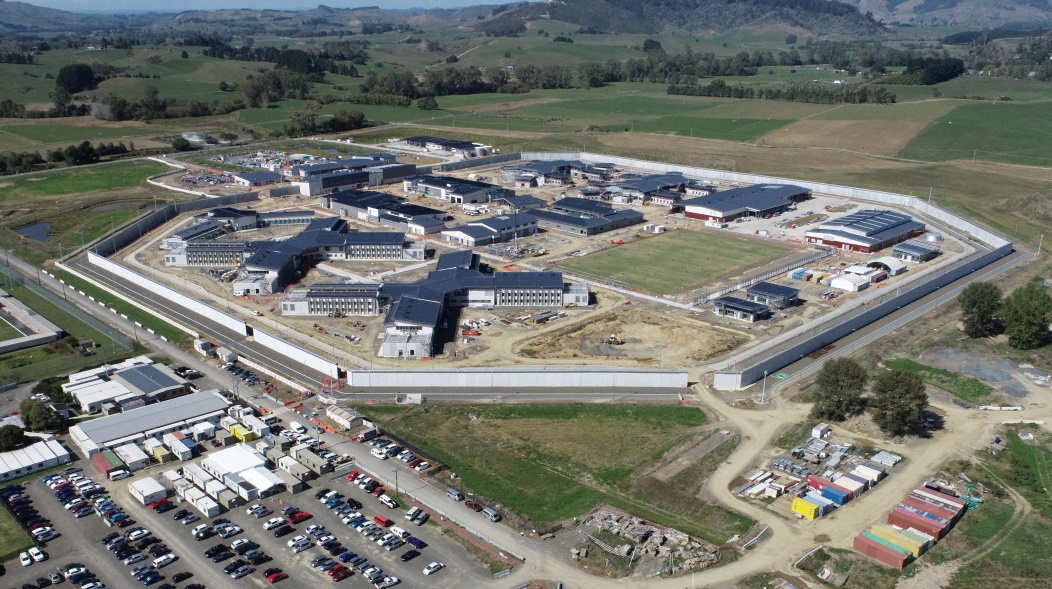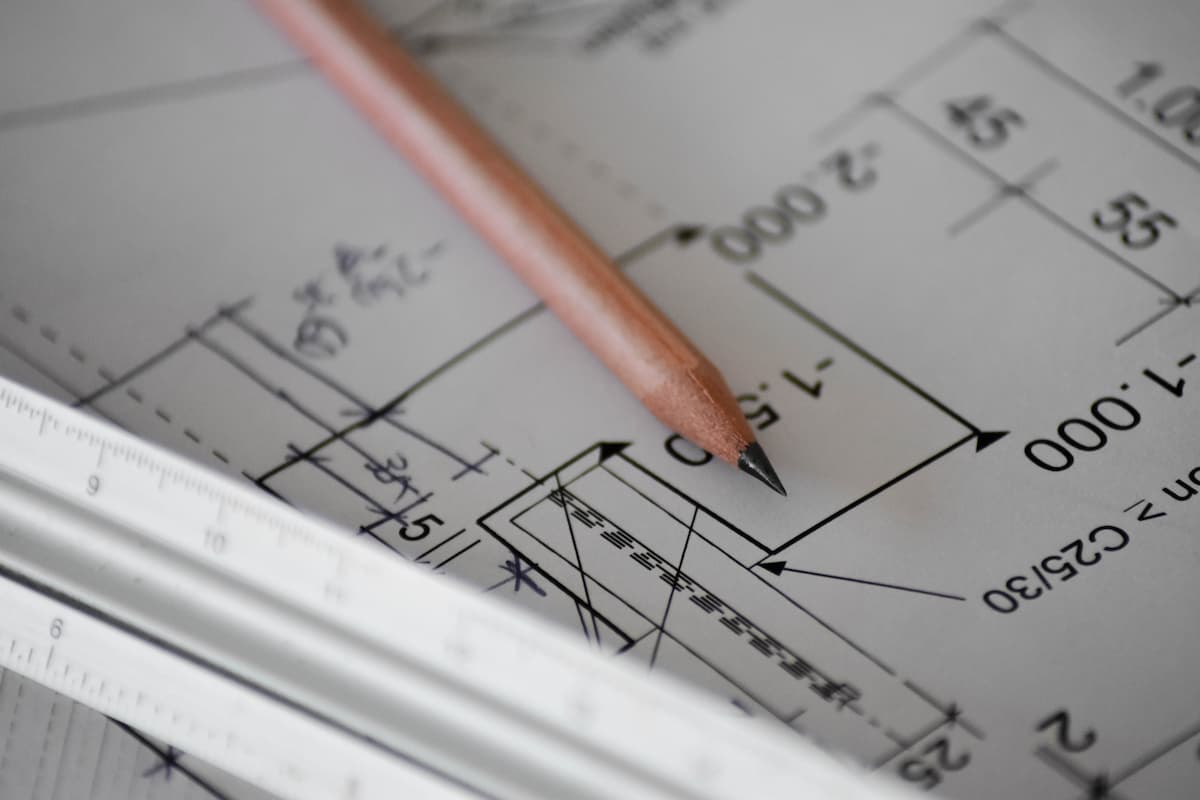For years in NZ, steel mesh has been the incumbent for secondary reinforcing whenever there is a standard slab on grade concrete/cement pour.
This standard practice of transporting, cutting, chairing and placing steel mesh is played out every single day in NZ from a backyard path at home in Invercargill to a large commercial yard slab in Auckland.
So why are we not looking at using fibre for reinforcement?
Yes, steel mesh has its place and fibre cannot replace it in every situation, but for a standard, flat slab on grade application – replacing mesh with fibre is an obvious cost-saver in many ways!
We know about fibre reinforcing – it has been around for roughly 3000 years now and although there is a wealth of knowledge, testing and innovation available compared to the pitchforks of straw or horse hair used in early civilisation, many still don’t embrace it. Since the early 1970’s when the commercial use of concrete reinforcing fibre took off in the USA, Europe and Japan, extensive testing and innovation has proven that fibre reinforcing offers not only a far superior slab than conventional mesh, but substantial cost savings as well.
The obvious benefits of fibre in slab on grade applications:
- No transport of mesh.
- No handling mesh onsite.
- No cutting, placing, tying, chairing mesh onsite.
- No tramping over chaired mesh whilst placing.
- No quality control issues around final mesh placement within the slab.
- No pump costs.
Then add the advantages:
- Zero handling at all onsite – fibre arrives pre-mixed in the concrete from the batching plant.
- Back in and discharge direct to where you want it.
- Clean, clear, safer site to work from.
- Confidence that the reinforcing quality control is handled at the cement batching plant with no mis-placed mesh.
While many see the benefits of fibre, there is hesitation because of the lack of knowledge on how, or where to use it. Similarly, hesitation about getting it past the engineer.
That can change, and we are changing it by offering free design support for both project managers and engineers, providing a specialists approach, allowing you to take advantage of the benefits mentioned above.
The benefits of fibre reinforcing for cement don’t just stop with substantially speeding up construction times, a properly engineered fibre slab can produce almost all of the following:
- Higher abrasion resistance.
- Higher tensile strength
- Reduced plastic shrinkage (can be up to 97% reduction in some circumstances)
- Top to bottom reinforcement as opposed to single layer of mesh
- No corrosion (when using structural synthetic fibre)
- Higher ductility.
- Greater flexural strength.
- Wider joint spacing, reducing joints cost and maintenance.
- Longer wear life
The benefits of a well-designed fibre slab are there to see, our job at Inforce is to ensure you have the confidence to simplify. Any recommendations, suggestions and comments we offer are backed by the combined experience of our team working with constructing fibre reinforced yard slabs in NZ for the past 20 years.
Trust us –allow us to work with you to come up with a fibre slab design and simplify with confidence.
Written by Finn McGaveston
Click here to ASK AN EXPERT
•• Concrete Fibre Supply
•• Engineering design support





